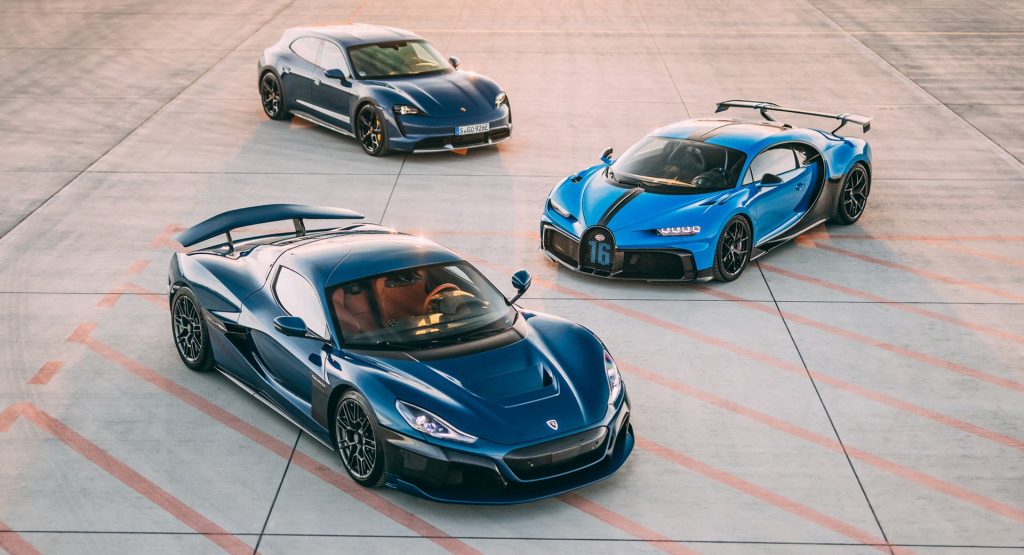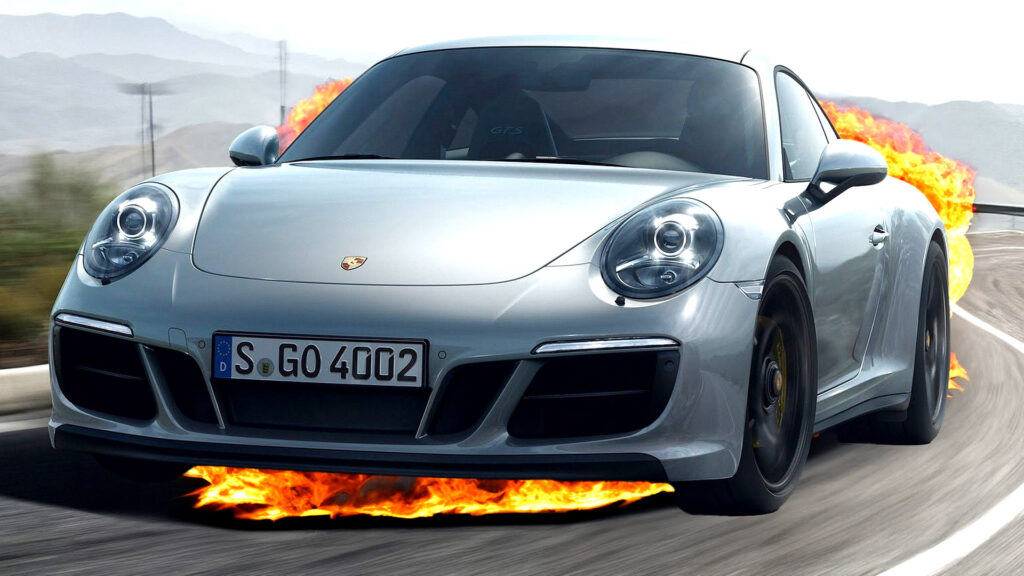“This Is The Way” Says Porsche Exec After Driving Hyundai’s Ioniq 5 N

- Porsche engineers were blown away by the Hyundai Ioniq 5 N’s fun driving character.
- N Grin Boost, virtual shifts, and synthetic sounds made a big impression.
- German brand may add similar features to its electric 718 due in 2027.
Porsche engineers are not exactly easy to impress. These are the people who spend their days perfecting GT3s and wringing every last drop of magic from flat-six engines and setting Nurburgring lap records.
So when two of the brand’s most senior engineering bosses drove the Hyundai Ioniq 5 N and came away buzzing like teenagers leaving an arcade, you know something interesting is happening in the electric-car world.
Also: Hyundai Ioniq 5 N Gets A Cheaper Version But You Can’t Have It
Frank Moser, Porsche’s vice president in charge of the 718 and 911 lines, admitted to Australia’s Drive that he has driven the Ioniq 5 N “several times” and called it an “eye-opening” experience.
Moser even dragged along Andreas Preuninger, the legendary head of Porsche GT cars, whose blood type is probably 98 RON premium, and definitely not amps.
From Skeptic to Convert?
Preuninger was not exactly enthusiastic at first. According to Moser, he grumbled, “I don’t want any of that electric stuff” when the idea was floated. But once they climbed inside and Moser pressed the Hyundai’s N Grin Boost button, the GT boss instantly turned into a believer.
“He was ‘wow’” Moser said, describing the moment Hyundai’s punchiest EV unleashed its full 641 hp ( 650 PS / 478 kW) and 568 lb-ft (770 Nm). “We learnt a lot from that car,” Moser told Australia’s Drive. “That’s why we decided to have a deeper look.”
It was not just the acceleration that snagged Porsche’s attention. The Ioniq 5 N’s signature party tricks, including its virtual gearshifts and synthesized powertrain noises, have Porsche seriously considering similar features for its upcoming electric 718 sports car.
Can Sound Create Soul?
Hyundai calls these systems N e-shift and N Active Sound+, and they replicate the snap of a dual-clutch gearbox and offer a selection of digital engine noises (most of them pretty lame, in my experience).
It is the kind of thing EV purists roll their eyes at, but performance engineers instantly understand. It makes the car feel alive and the driver connected to the driving experience.
“This is the way,” Moser said of the synthesized features, while making clear that Porsche wouldn’t force them on drivers.
“The customer could decide if he wants to drive in complete silent mode, or he wants to be part of the game, feeling the virtual sounds of a flat six and the virtual gear shifts,” Moser said. “That would be the direction for the future.”
Tuning the Future

Our money’s on it being part of a Sport Chrono-type option package that’ll add at least $2,000 to the bill of the new electric Porsche 718 Boxster and Cayman.
The first 718 EV arrives in early 2027, and Moser promises it will be “really lightweight for an electric car,” though he declined to reveal an exact or even ballpark weight figure.
One thing is clear: Hyundai has just influenced one of the world’s most respected sports-car makers. Who could have imagined that happening 20 years ago?



















